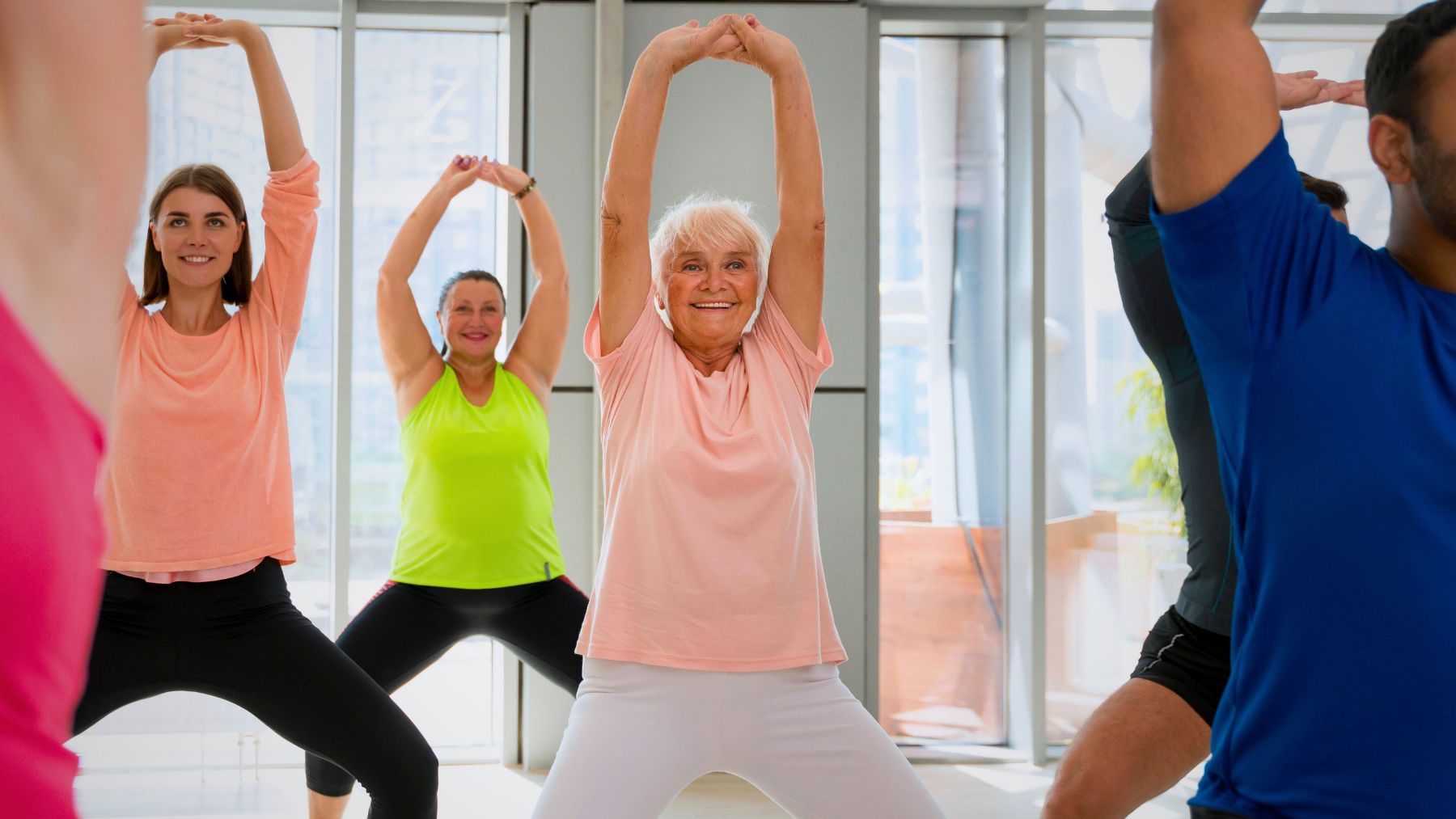Lower back pain can make any workout challenging, especially for seniors. When your back is acting up, even a simple move can be painful, and maintaining an exercise routine can feel like an uphill battle. However, knowing which moves to avoid can save you time, energy, and considerable discomfort.
Here, we’ll break down the exercise that experts consider one the worst for seniors with back issues. We’ll also review other moves you might want to skip or modify as they might cause more harm than good. Along with this, we’ll share safer alternatives to help keep your workout routine on track without stressing your spine. Let’s begin.
The exercise seniors with back problems should avoid
Toe touches may appear harmless at first glance, but for seniors with back pain, they can be a recipe for trouble. This movement requires a deep forward bend that puts additional strain on your lower back. The repetitive stress from bending too far can aggravate weak or stiff back muscles and may even intensify existing pain. Why it’s not ideal:
- Strain on the spine: The deep bend can overload the lumbar discs, resulting in discomfort or further injury.
- Risk of overstretching: Reduced flexibility may cause seniors to stretch too far, leading to muscle strain or ligament sprains.
- Poor form risks: With age, maintaining proper posture during these movements becomes more difficult, heightening the chance of harmful misalignment.
A better alternative is to do hamstring stretches. They gently improve flexibility without forcing your back into a deep bend. They help relieve tension in the hamstrings, which, when tight, can pull on your lower back.
Other exercises seniors should avoid
In addition to toe touches, several other exercises may worsen back pain in seniors. These are some of them:
- Leg press: This machine can be deceptive. The supported position often encourages using excessive weight, which can compress your discs. Swap this movement for squats by starting with body-weight squats and gradually adding weight as your back strengthens.
- Sit-ups: Sit-ups force the back into repetitive flexion, a movement that can increase pressure on the spine. Instead, focus on building core stability with safer exercises like planks, which protect the lower back while still strengthening your core.
- Crunches: Similar to sit-ups, crunches put additional pressure on the lumbar discs. The isolated motion can be harmful if you have herniated or bulging discs. Instead, try side planks, which engage your core more evenly and build stability without excessive strain.
- Heavy weightlifting and high-impact activities: Lifting heavy weights or engaging in activities such as running and jumping can exert too much stress on your back. Instead, choose lighter weights with higher repetitions or low-impact aerobics like water aerobics or yoga. These help build strength without the risk of high-impact injury.
Staying active is crucial as we age, but protecting your back should always come first. Experts warn that some exercises, such as toe touches, may do more harm than good for seniors with lower back pain. By making simple modifications and replacing risky moves with safer alternatives, you can remain active without the pain. Remember, if any exercise causes discomfort, it’s time to reassess. Consult a health professional, such as an osteopath, to design a routine that meets your needs and keeps your workouts safe.

